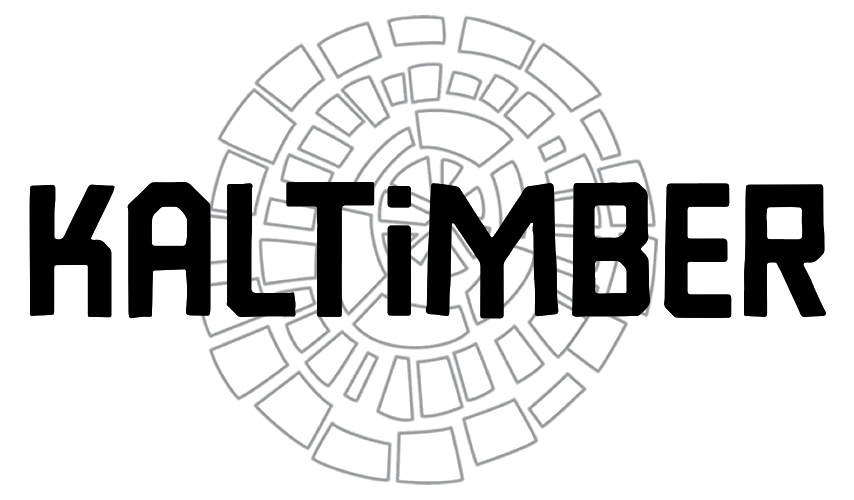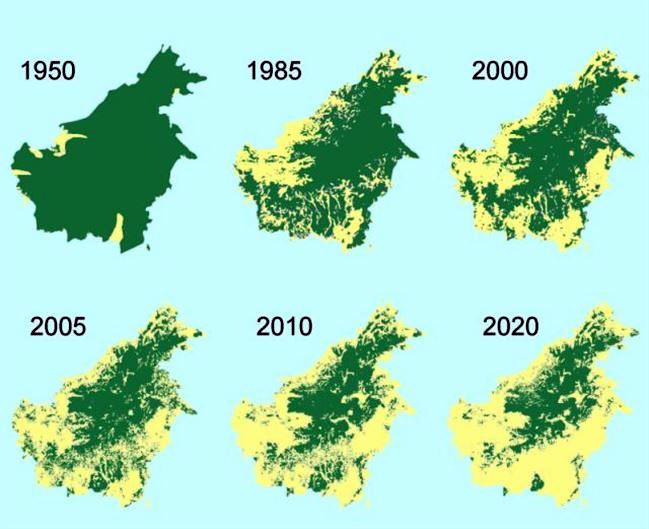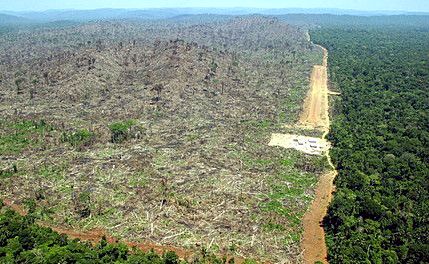The equilibrium moisture content (EMC) is the moisture content at which the wood is neither gaining nor losing moisture; this however, is a dynamic equilibrium and changes with relative humidity and temperature. Expressed as a percentage, the EMC describes what percentage of the material’s mass is made up by water. EMC is therefore determined by the inherent properties of the material and the temperature and relative humidity of the environment.
In many ways, it is more difficult to evaluate the impact of fluctuations in the environment's relative humidity than the environment's temperature because Moisture Equilibration is influenced by more variables than thermal equilibration. For example, enclosures or housing situations may act as moisture barriers and thus influence the how quickly (or how slowly) the objects are exposed to the new humidity conditions. The temperature will also influence the rate of moisture equilibration. Furthermore, there is more variation in the capacity of the individual objects or materials to control moisture equilibration than thermal equilibration.
I/ Who?
Only hygroscopic materials – organic materials that naturally contain water – are susceptible to moisture equilibration.
First, while it may seem too obvious to state, moisture equilibration is only relevant for organic materials that naturally contain water, or hygroscopic materials. Only hygroscopic materials will absorb or desorb water to equilibrate with the relative humidity of the environment. Non-hygroscopic materials – materials that do not inherently contain water - will not equilibrate with changes in the environment's moisture because they have no moisture to release, nor the nature to absorb any moisture. For example, organic, cellulosic materials such as paper or textiles will adjust to changes in the moisture of the environment (they will equilibrate) by absorbing or desorbing moisture, while inorganic materials like metal will not. Non-hygroscopic materials such as metal may be affected by the environment's moisture in other ways, (corrosion is an obvious example) but they will not equilibrate with the moisture content of the environment.
II/ Why?
Hygroscopic materials are constantly exchanging moisture with the air in the form of water vapor.
At any given moment, there is a dynamic exchange of moisture occurring between an object's core, its perimeter, and the air of the environment. The moisture is transferred in the form of water vapor by the process of diffusion. The moisture diffuses from the material into the air, then it diffuses back to the material and then back to the air. Roughly speaking, this diffusion is driven by differences in moisture content. So, when an area with more moisture comes in contact with an area less moisture, moisture is transferred from the area of higher concentration of moisture to the area of lower concentration of moisture. Because this exchange of moisture is continuous, eventually enough moisture is diffused from the air into the material (or the material into the air) that the material neither gains nor loses moisture in the exchange. At this point, the object has reached moisture equilibrium with the environment. This dynamic, continuous exchange is why hygroscopic materials equilibrate with the relative humidity of the environment.
III/ When?
When the moisture content of the material is not in equilibrium with the relative humidity of the environment, the material adjusts its moisture content to reach equilibrium.
When hygroscopic materials are moved from one humidity condition to another, (or when they are exposed to humidity fluctuations), the moisture content of the materials is no longer in equilibrium with the relative humidity of the air. Confronted with this difference in moisture content, the material will absorb or release (desorb) moisture until its moisture content reaches equilibrium with the new environmental condition. For example, if the relative humidity of the environment increases, the material will absorb moisture from the environment. In other words, if the moisture content of the air increases, the material reacts so that its moisture content will also increase. During absorption, the moisture travels from the outside of the object inward, affecting the edges and the top of the object before reaching the object's core. Similarly, if the relative humidity of the environment decreases, the material will release (or desorb) moisture into the environment. In other words, if the moisture content of the air decreases, the material will react so that its moisture content will also decrease. During desorption, the moisture travels from the inside of the object outward towards the surface.
The materials thus respond to the changes in the moisture content of the air. But, just as with temperature equilibration, the new moisture equilibrium is not attained instantly. It takes time for the material to respond to the new conditions, to absorb or desorb the appropriate amount of moisture. Only if the new humidity conditions persist long enough will the entire object –from its perimeter to its core - reach a moisture equilibrium with the relative humidity of the environment.
IV/ How much?
The amount of moisture organic materials contain is primarily determined by the relative humidity of the air.
Because hygroscopic materials equilibrate with the relative humidity of the environment, the relative humidity is the primary determinant of a material's moisture content. The amount of moisture a material contains when it has reached equilibrium with its environment is described as the Equilibrium Moisture Content (EMC). Expressed as a percentage, the EMC describes how much of the material's mass is made up by water (For example, if an object is has an EMC of 8% at 60oF and 40% Relative Humidity, then there are 8 grams of water in every 100 grams of material when the material has reached equilibrium with that environment).
Not all materials contain the same amount of moisture.
V/ How fast?
The rate of moisture equilibration is influenced by each material's inherent capacity to control moisture diffusion.
As stated earlier, materials don't respond instantaneously to changes in the environment. It takes time for the material to absorb or desorb the appropriate amount of moisture to adjust to the new humidity conditions. The length of time it takes an object to equilibrate, however, depends on many variables; the inherent properties of the object, the hygroscopic nature of the material, the dimensional characteristics, and the surface exposure to the environment all influence moisture equilibration.
VI/ So what!?
What does this "slow" rate of moisture equilibration mean in respect to environmental fluctuations?
Just because the relative humidity of the environment suddenly increases 20% does not mean the moisture content of the object simultaneously increases. In fact, if the increase is temporary, the object may not "feel" the change at all.
Knowing that moisture equilibration is a slow process gives us an important perspective on the significance of environmental fluctuations.
References:
Bigourdan, J.-L., P. Z. Adelstein, and J. M. Reilly, "Moisture and Temperature Equilibration: Behavior and Practical Significance in Photographic Film Preservation," La Conservation: Une Science en Evolution, Bilans et Perspectives, Actes des Troisiemes Journées Internationales d'Etudes de l'ARSAG, Paris, 21 au 25 Avril 1997, (Paris: Association pour la recherche scientifique sur les arts graphiques, 1997) pp. 154-164. (Open PDF file)
Bigourdan, J.-L., and J. M. Reilly, "Effects of Fluctuating Environments on Library and Archives Materials," Final Report to the Institute of Museum and Library Services, IMLS Grant #LL-80088-98, Image Permanence Institute, Rochester Institute of Technology, Rochester, NY, Februrary 15, 2003.
















